Last month we accompanied a young wildlife photography enthusiast on a private day trip departing from Rome, together with the naturalist Francesco Simonetta, focused on the wintering birdlife of the Circeo National Park, a real birding hotspot for Lazio region.
The area, recognized as a “Wetland of International Importance“, thanks to an extraordinary number of ecosystems and the presence of four coastal lakes, hosts hundreds of different species every year, including resident, migratory and wintering birds.
Common Buzzard. Photo by Francesco Simonetta.

Common Redshank. Photo by Francesco Simonetta.

Let’s start our day by exploring the “Pantani dell’Inferno“, a wetland near Lake Caprolace where we use the car as a hide. Here we have the opportunity to photograph the first Greater Flamingos (Phoenicopterus roseus), Little Ringed Plovers (Charadrius dubius) and a noisy group of Dunlins (Calidris alpina).
Greater Flamingo. Photo by Francesco Simonetta.

Dunlins. Photo by Francesco Simonetta.

Little Ringed Plover. Photo by Francesco Simonetta.
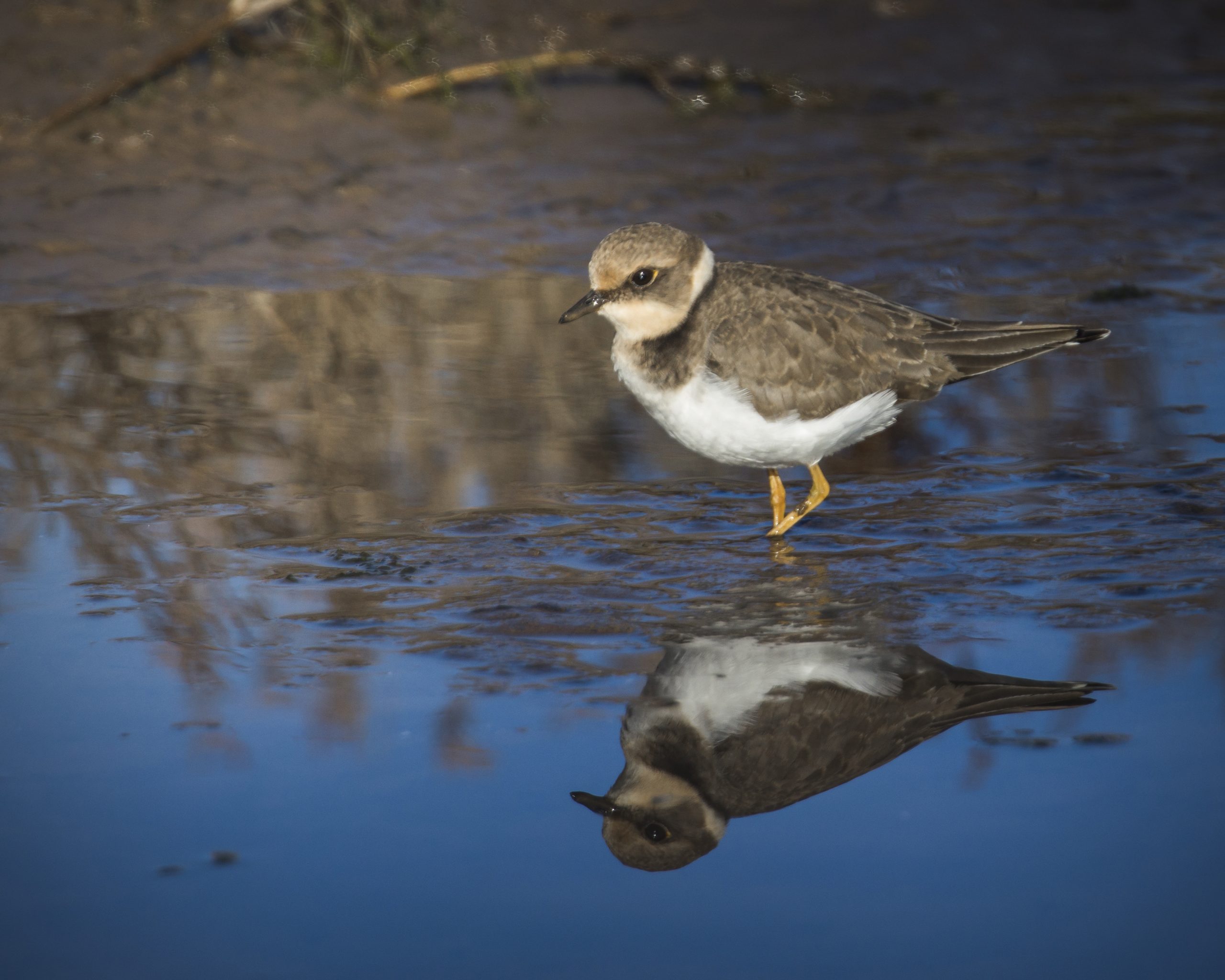
But the real star of the first session is certainly a beautiful and scareless Eurasian Spoonbill (Platalea leucorodia), who allows herself to be photographed for about half an hour at a close distance.
Eurasian Spoonbill. Photo by Francesco Simonetta.
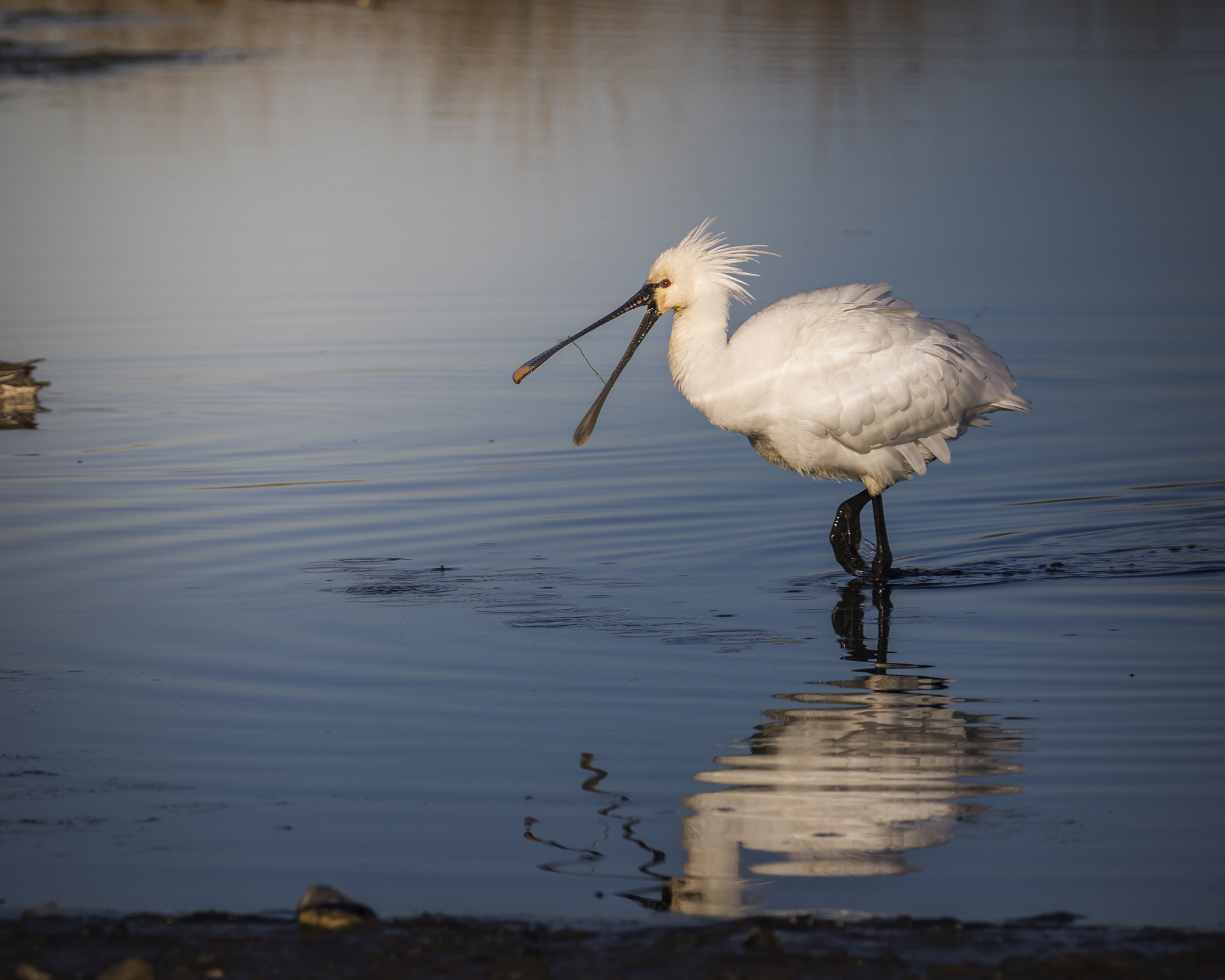
Eurasian Spoonbill. Photo by Francesco Simonetta.
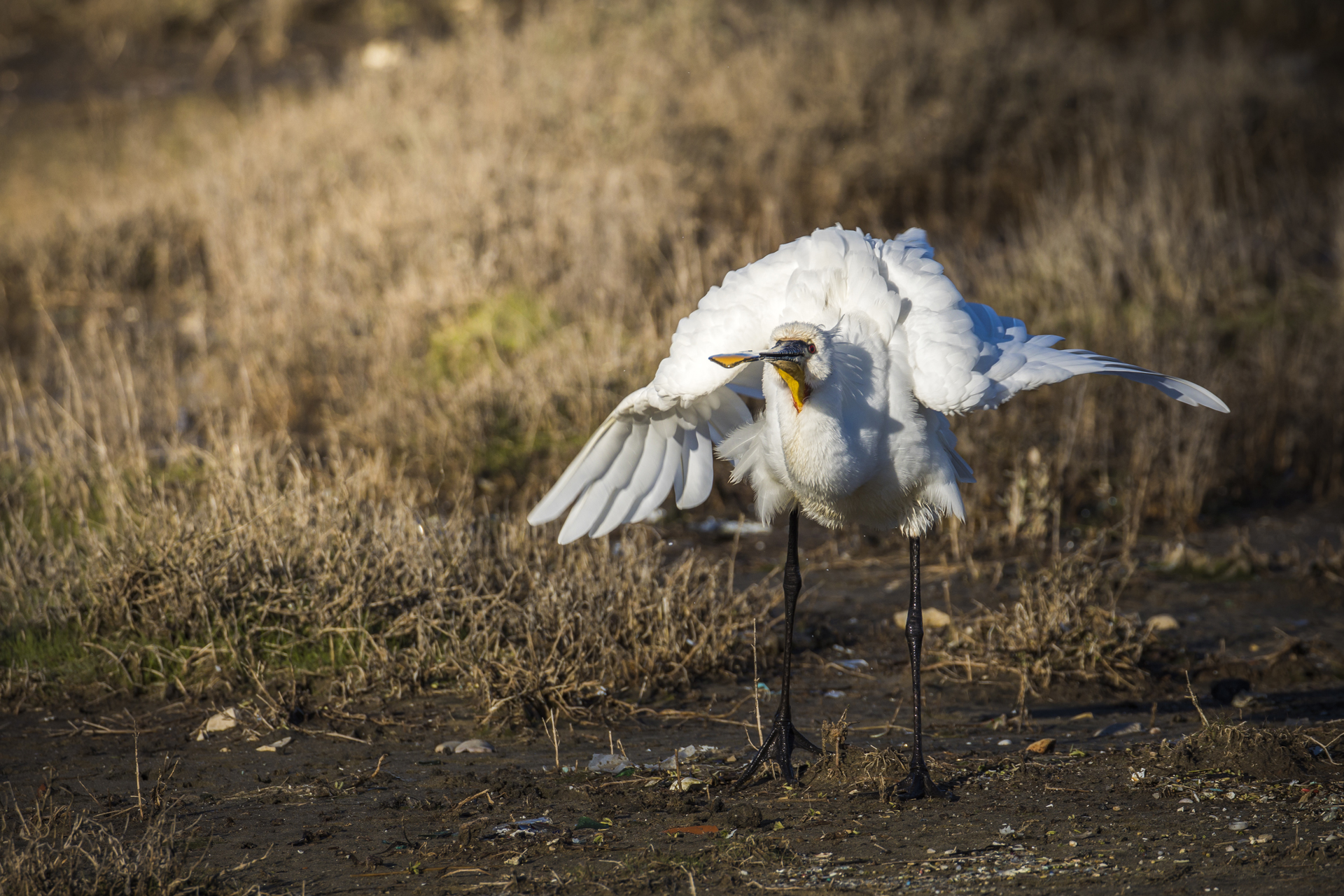
After this first stakeout we move along a path that runs along one of the coastal lakes on one side and a riparian wood on the other. There are many Black Redstarts (Phoenicurus ochruros) and European Robins (Erithacus rubecola). Along the way we spot other species such as Zitting Cisticola (Cisticola juncidis), Short-toed Treecreeper (Certhia brachydactyla) and European Green Woodpecker (Picus viridis).
Zitting Cisticola. Photo by Francesco Simonetta.
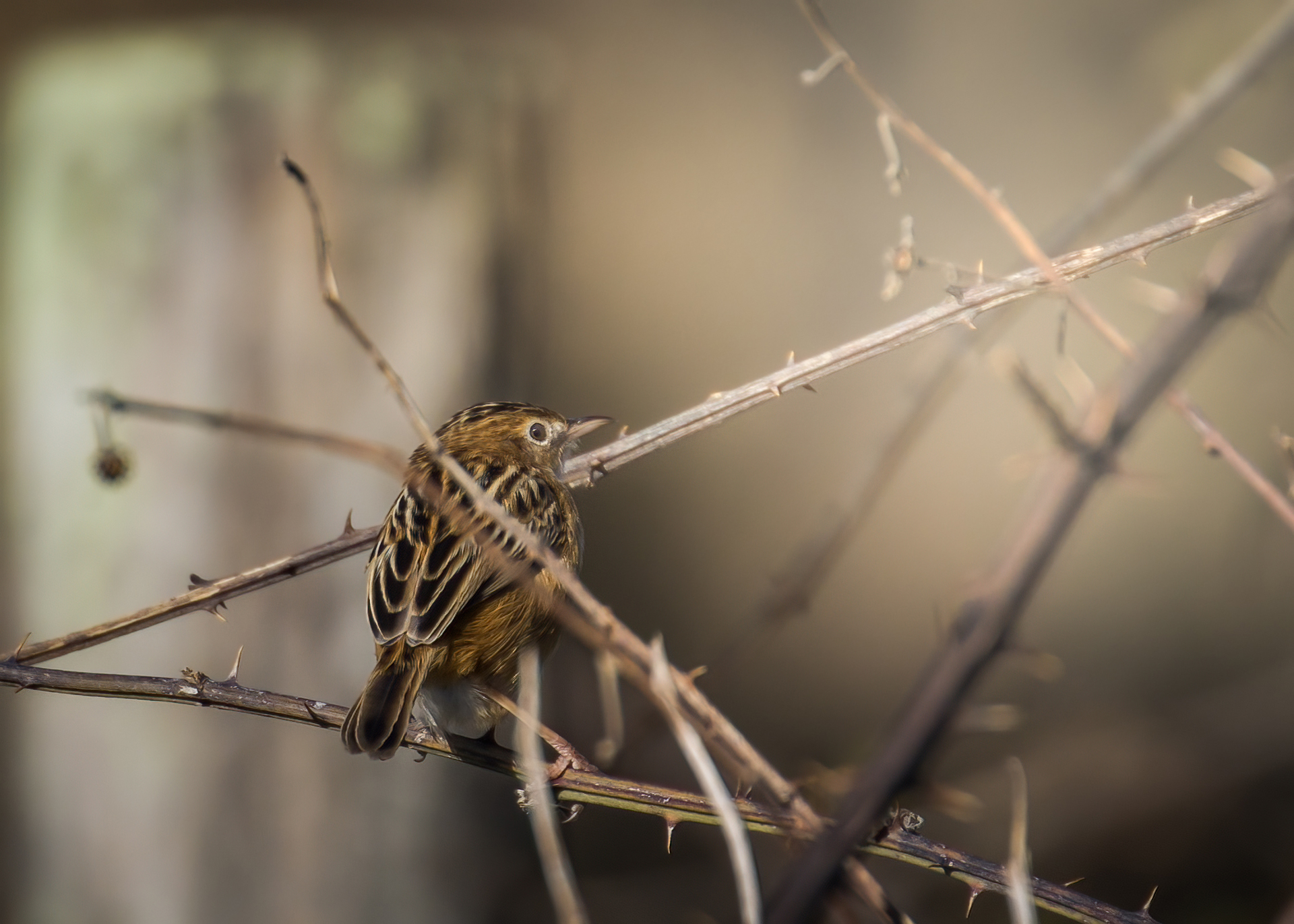
Short-toed Treecreeper. Photo by Francesco Simonetta.

The most numerous species on the water is the Eurasian Wigeon (Mareca penelope), while in a nearby meadow we observe some grazing Greylag Geese (Anser anser).
Eurasian Wigeon. Photo by Francesco Simonetta.

For the next observation point we choose Lake Fogliano. Although this time it is not possible to get memorable shots inside the hides, in the close area we are luckier with a Western Marsh Harrier (Circus aeroginosus) and two rather photogenic Common Kestrels (Falco tinnunculus).
Western Marsh Harrier. Photo by Francesco Simonetta.

Common Kestrel. Photo by Francesco Simonetta.

The sun is now starting to set and therefore we make the last stop near a canal, where we observe a large group of Black-crowned Night Heron (Nycticorax nycticorax), a regularly wintering species here.
We greet this extraordinary place with a family of Wild Boars (Sus scrofa) at sunset and a checklist of 54 species of Birds.
Nitticora. Foto di Francesco Simonetta.
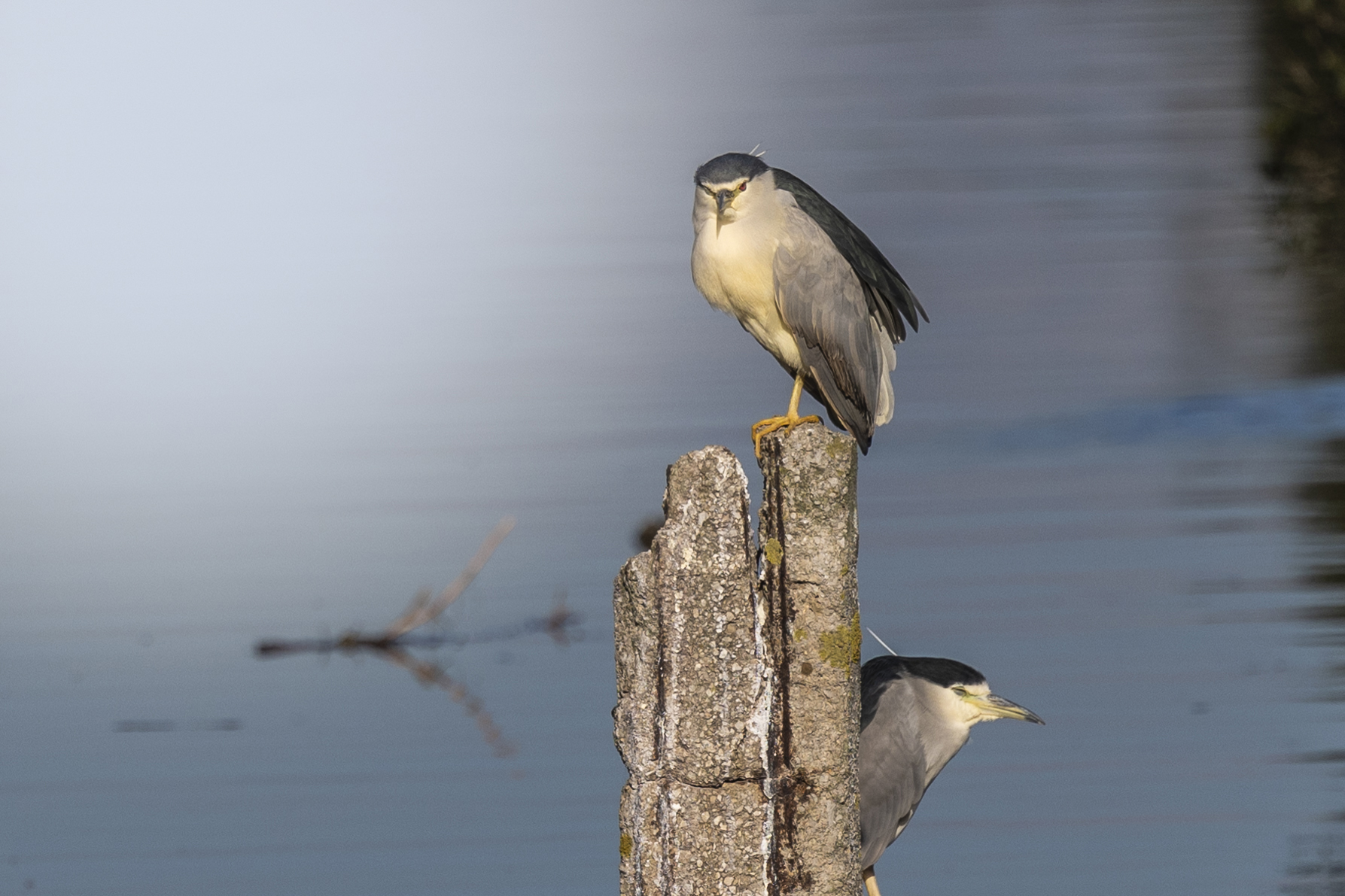
Nitticora. Foto di Francesco Simonetta.

CHECKLIST
- Mute Swan (Cygnus olor)
- Greylag Goose (Anser anser)
- Mallard (Anas platyrhynchos)
- Eurasian Teal (Anas crecca)
- Gadwall (Mareca strepera)
- Eurasian Wigeon (Mareca penelope)
- Great Crested Grebe (Podiceps cristatus)
- Little Grebe (Tachybaptus ruficollis)
- Great Cormorant (Phalacrocorax carbo)
- Black-crowned Night Heron (Nycticorax nycticorax)
- Cattle Egret (Bubulcus ibis)
- Little Egret (Egretta garzetta)
- Great Egret (Ardea alba)
- Grey Heron (Ardea cinerea)
- Eurasian Spoonbill (Platalea leucorodia)
- Greater Flamingo (Phoenicopterus roseus)
- Western Marsh Harrier (Circus aeruginosus)
- Common Buzzard (Buteo buteo)
- Common Kestrel (Falco tinnunculus)
- Common Moorhen (Gallinula chloropus)
- Eurasian Coot (Fulica atra)
- Little Ringed Plover (Charadrius dubius)
- Little Stint (Calidris minuta)
- Dunlin (Calidris alpina)
- Common Sandpiper (Actitis hypoleucos)
- Common Redshank (Tringa totanus)
- Spotted Redshank (Tringa erythropus)
- Black-headed Gull (Chroicocephalus ridibundus)
- Yellow-legged Gull (Larus michahellis)
- Feral Pigeon (Columba livia var. domestica)
- Wood Pigeon (Columba palumbus)
- Collared Dove (Streptopelia decaocto)
- Common Kingfisher (Alcedo atthis)
- European Green Woodpecker (Picus viridis)
- White Wagtail (Motacilla alba)
- European Robin (Erithacus rubecula)
- Black Redstart (Phoenicurus ochruros)
- Common Blackbird (Turdus merula)
- Zitting Cisticola (Cisticola juncidis)
- Cetti’s Warbler (Cettia cetti)
- Common Chiffchaff (Phylloscopus collybita)
- Great Tit (Parus major)
- European Blue Tit (Cyanistes caeruleus)
- Long-tailed Tit (Aegithalos caudatus)
- Short-toed Treecreeper (Certhia brachydactyla)
- Common Magpie (Pica pica)
- Eurasian Jay (Garrulus glandarius)
- Western Jackdaw (Corvus monedula)
- Hooded Crow (Corvus cornix)
- Common Starling (Sturnus vulgaris)
- Italian Sparrow (Passer italiae)
- Common Chaffinch(Fringilla coelebs)
- European Goldfinch (Carduelis carduelis)
- Eurasian Siskin (Spinus spinus)
